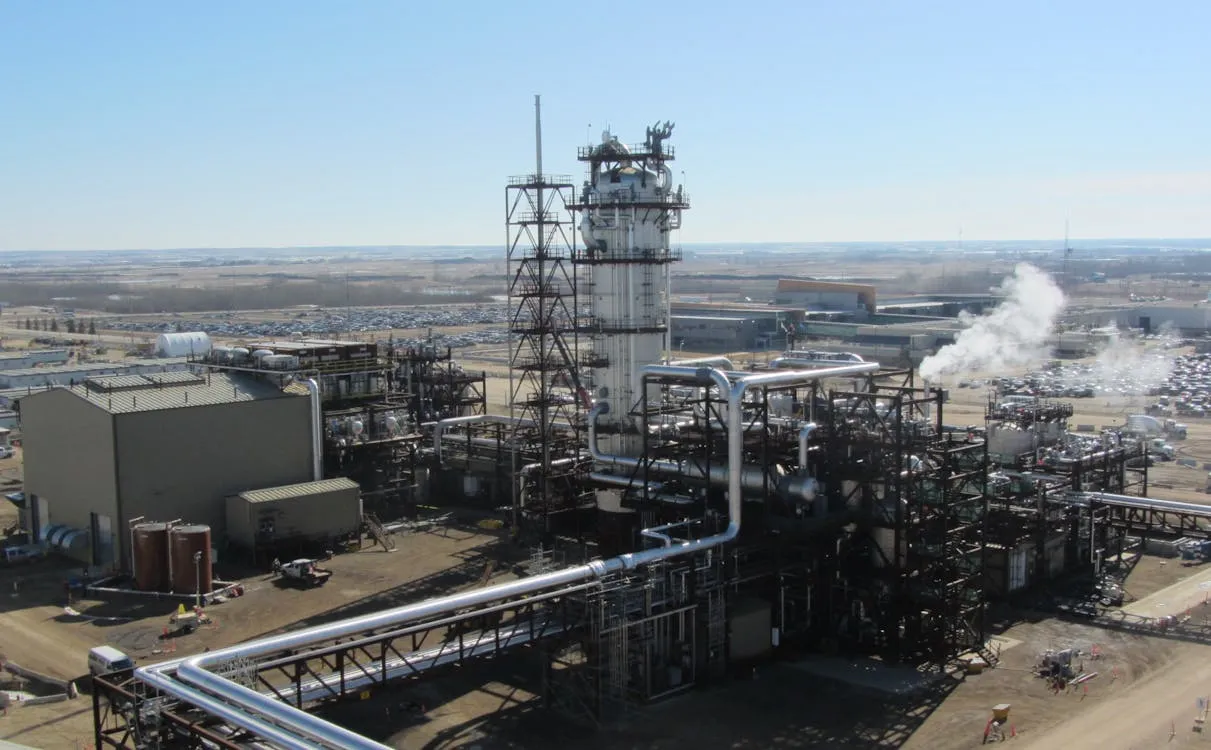Let’s paint a picture. Imagine you could collect all your garbage, stuff it into a magical trash bag that, instead of filling up, sends the waste into a different dimension where it can’t hurt anyone or anything. Sounds like a sci-fi movie, right? Yet, this is, in essence, the concept behind carbon capture and storage.
The ABCs of Carbon Capture and Storage
Carbon Capture and Storage (CCS) is as fascinating as it is complex. It’s a solution designed to capture up to 90% of the carbon dioxide (CO2) emissions produced from the use of fossil fuels, preventing them from entering the atmosphere. The idea is not only ingenious but crucial in the race against time to preserve our beloved planet. So, could this be the magic bullet in our fight against climate change?
How Does Carbon Capture Work?
Picture this. Imagine if our power plants came equipped with a massive vacuum cleaner, only instead of dust, it sucked up carbon dioxide. That’s essentially how carbon capturing works. The CO2 is captured directly from the source – be that a power station or an industrial plant. After being captured, it is stored underground in geological formations, keeping it locked away and out of our atmosphere.
A Glimpse at the Storage Aspect
The process works a bit like this – think of carbon storage as nature’s tea kettle. When it’s filled to a certain point, it releases some of the steam to maintain balance. But what if the kettle could hold more volume without the risk of toppling over or exploding?
That’s what carbon storage is all about. The captured CO2 is transported and injected deep underneath the Earth’s surface. Where exactly, you ask? Into depleted oil and gas fields, or deep saline aquifer formations. It’s all natural, 100% safe, and a genius stroke of eco-technology.
The Real Impact of CCS
With CCS, there’s a certain je ne sais quoi that makes it the hot topic of the environmental sphere. From reducing greenhouse gas emissions to making fossil fuel methods more environmentally friendly, this technology promises a lot. But how much of it is genuine and how much hype?
Is it Expensive?
Every grand plan comes with a price tag. It’s true, CCS technology doesn’t come cheap. But with the potential benefits it presents, maybe it’s a cost we should be willing to bear.
How Effective is it Really?
Does it do the trick, or is it just another band-aid solution for planet Earth? Based on studies, CCS proves to be a viable answer to CO2 problems, with the potential to become a leading player in the green revolution.
What’s in Store for CCS?
Unlocking the potential of CCS is as much about resources and research as it is about regulation and policy making. Countries around the globe are rapidly adjusting their playbooks to facilitate the expansion of this technology.
Is CCS as good as we are led to believe? What could possibly be the drawbacks?
- The cost associated with adopting and implementing CCS technology.
- Ensuring safe and permanent storage of captured CO2.
- Incomplete coverage capturing only a portion of total emissions.
- Requires significant infrastructural development.
Wrapped Up…
When it comes to carbon capturing and storage, it’s clear there’s more than meets the eye. A lot of research and development sits behind those three simple words, clean energy solution. It’s not a one-size-fits-all answer, but the scope and potential of this technology in our fight against climate change are promising. The question is, are we ready to take the plunge?

